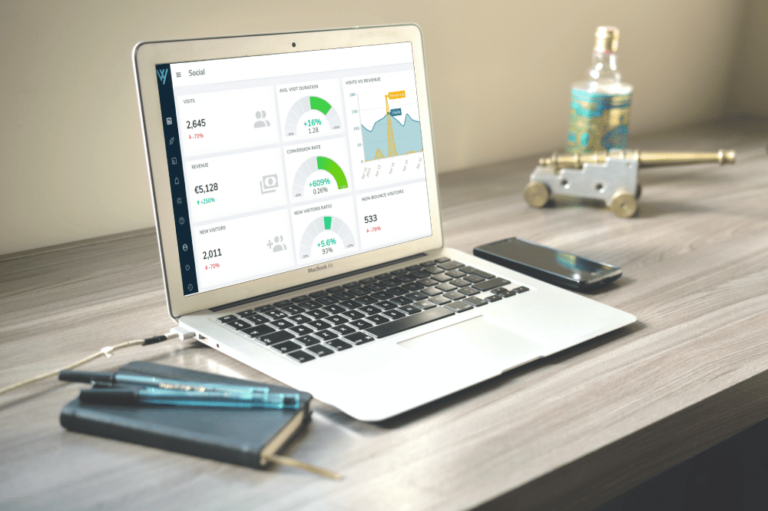The announcement was a surprise for the online advertising market this summer. On July 22, Google revealed that it was abandoning its plan to phase out third-party cookies, a central tool for tracking users in online advertising. This process was originally set to take place in 2025 on the Chrome browser. After several delays, the end of third-party cookies will now be replaced by a “new experience allowing users to make an informed choice.” In other words, users will decide whether to accept cookies or not.
Anthony Chavez, VP of Privacy Sandbox, communicated this decision. For reference, in 2019, Google announced the development of an alternative solution to third-party cookies, which no longer tracked users individually but instead grouped them into anonymous cohorts—groups of people with similar behaviours. Despite this announcement, Google confirmed that it would continue testing the Privacy Sandbox, though it did not explain how user consent management would work between the two solutions.
Despite this reversal, the end of third-party cookies remains a long-term vision for the digital marketing industry, and preparations should begin now.
Are Third-Party Cookies Essential for Digital Marketing?
Third-party cookies are small files activated on a user’s computer by the website publisher or a third party, mainly to track their behaviour. They are crucial for user tracking and serve purposes like audience creation and targeting, performance measurement post-impression, and frequency capping. As such, they are essential to the digital marketing ecosystem. However, their importance has been declining for several years. They have already disappeared from browsers like Edge, Safari, and Firefox, and have also been disabled for 1% of Chrome users since the start of the year. Furthermore, regulatory frameworks (GDPR) limit the use of third-party cookies. Ultimately, it is estimated that, due to legal restrictions, ad blockers (installed by 30% of internet users) and technological limitations (on Firefox or iOS), only 50 to 60% of profiles are still exposed to third-party cookies.
The changing browser policies regarding these files have had consequences. With fewer data on audiences, precisely targeting desired profiles (whether for acquisition or retargeting) has become more challenging, as has analysing campaign performance.
As a result, alternative methods for audience targeting and measurement have emerged in recent years. For targeting, there are now contextual or semantic solutions (focused on the environment rather than the user, a more top-of-the-funnel approach) or cohort-based solutions (grouping individuals with common behaviours, thereby addressing privacy concerns). These alternatives allow for compliance with new privacy requirements while bypassing individual tracking. Similarly, new technologies for audience measurement have appeared.

How to Measure Advertising Performance Without Third-Party Cookies: The Wizaly Method
Let’s not forget that the digital advertising market is driven by social media.The announcement was a surprise for the online advertising market this summer. However, platforms like Facebook or YouTube don’t share their data. These are “walled garden” ecosystems that do not allow third-party cookies. But given their significance in marketing investments, it is essential to calculate their contribution to revenue.
Considering browser restrictions, ad blockers, and limitations within walled gardens, it is estimated that untrackable impressions—that is, those without third-party cookies—represent 80% of global impressions (source: Wizaly).
With this in mind, Wizaly developed an MMM (Marketing Mix Modeling) model several years ago to address all impressions. Impression volumes are provided directly by advertising networks (including social media) via API. This data is collected daily with significant granularity: source, medium, campaign, device, and country. Using correlation and causality calculations specific to MMM, we seek to determine the influence of impressions on consumer purchasing behaviour. This method applies to social media, display, and even offline channels like TV and radio. It allows companies to move beyond third-party cookies for their entire media mix.
Combining MMM and AI: The Solution for Comprehensive and Reliable Performance Measurement
Consumer journeys are becoming increasingly complex and varied, comprising two types of data: impressions and visits. Both are essential for an exhaustive analysis. For accurate and reliable advertising performance measurement, Wizaly combines the best of MMM (for impressions, a cookieless solution) and AI (for trackable clicks and visits). This algorithmic attribution model can track 100% of conversion paths, providing the most objective view of the performance of marketing channels within the media mix.
This is not the first time Google has reversed its stance on third-party cookies. However, this does not negate the need to adopt cookieless solutions for user tracking and performance measurement as part of a long-term vision for the digital advertising market. If you’re interested in adapting now, book a call with our expert sales team here.



